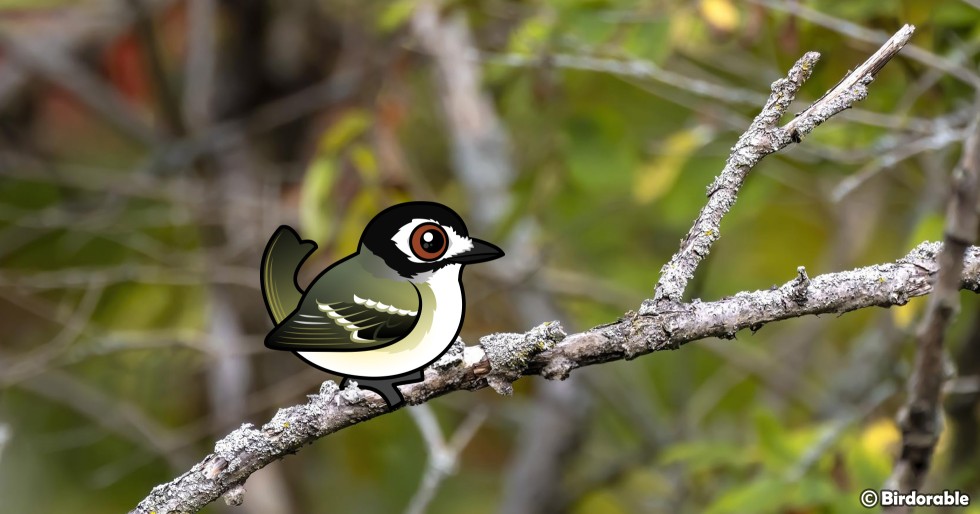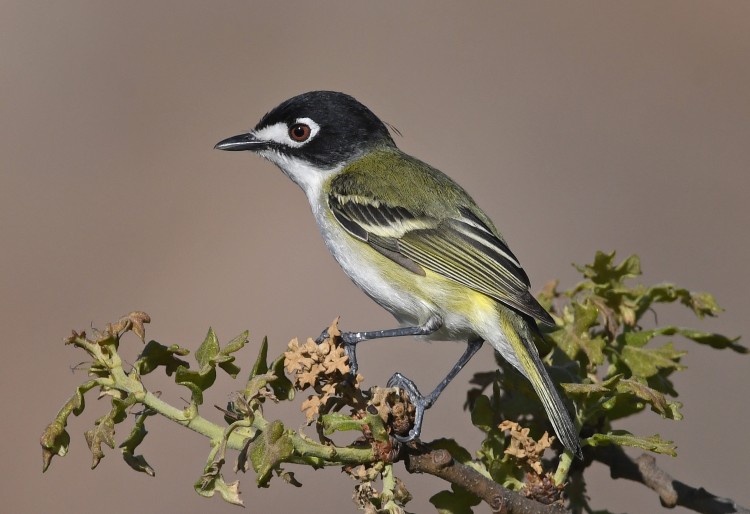How Conservation Efforts Saved the Black-capped Vireo from Extinction

The Black-capped Vireo, a small, striking species of songbird that once teetered on the brink of extinction, serves as a symbol of hope in the world of conservation. Its road to recovery showcases the power of targeted conservation efforts. In learning about the Black-capped Vireo, we can celebrate the continued survival of a species that once faced dire prospects.
Black-capped Vireos are notable as the only species of vireo to display sexual dimorphism, meaning males and females have a different appearance. Males can be identified by their distinctive black cap, which contrasts with their white underparts and greenish upper body. Females have a similar look but with more muted color differences.
Native to North America, the Black-capped Vireo breeds across parts of Oklahoma, Texas, and northern Mexico. There, it can be found in shrubby areas where it can find its preferred nesting sites.
By the late 20th century, Black-capped Vireo numbers had dwindled alarmingly, primarily due to habitat loss, grazing practices that altered their natural habitats, and the parasitism of their nests by the Brown-headed Cowbird.
The turning point for the Black-capped Vireo came with its listing as an endangered species, in 1987, which catalyzed a series of conservation actions aimed at reversing its decline. One of the first steps in this process was habitat restoration. By managing vegetation and controlling grazing, conservationists were able to recreate the brushy environments that are ideal for the vireo's breeding and feeding. These efforts provided the birds with the conditions they needed to rebuild their populations.

Another critical component of the Black-capped Vireo's recovery was the control of the Brown-headed Cowbird population throughout critical parts of their breeding range. Through a combination of trapping and monitoring, conservationists significantly reduced the number of cowbirds in areas critical to the vireo's survival. This action decreased the rate of parasitism in vireo nests, allowing more vireo chicks to hatch and reach maturity.
Public education and involvement have also played a vital role in the recovery of the Black-capped Vireo. By raising awareness about the bird's plight and the importance of conservation efforts, organizations and government agencies have garnered support for their initiatives. Volunteers have contributed to the recovery efforts by participating in bird counts and habitat restoration projects.
Thanks to the concerted conservation work, the Black-capped Vireo has made a remarkable comeback. In 2018 it was removed from the list of endangered and threatened wildlife due to these efforts.
However, the conservation journey for the Black-capped Vireo is not over. Continued efforts are necessary to ensure the Black-capped Vireo's long-term survival. Habitat preservation remains a critical factor, as does the need for ongoing management of cowbird populations to prevent them from undermining the vireo's recovery. The species is managed by state agencies in both Texas and Oklahoma. Of course, habitat changes due to climate change pose a continued threat to vireos and other species.
The story of the Black-capped Vireo is a great story of what can be achieved when conservationists, government agencies, and communities come together to save a species from the threat of extinction. This success shows the importance of persistence, innovation, and cooperation in the face of environmental challenges.













Comments
Leave a comment
Thank you!